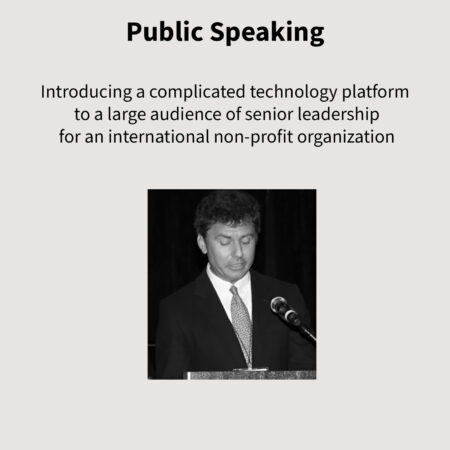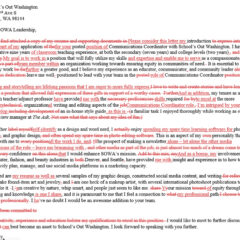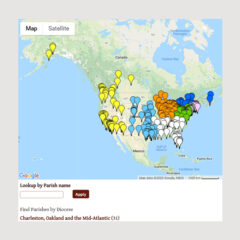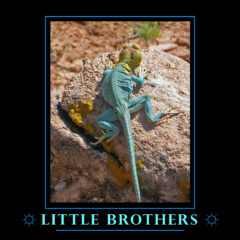I have extensive experience preparing and presenting speeches on technical topics for small groups and for large audiences; have developed technical training presentations and programs for staff; and have written dozens of speeches and designed presentation materials for many senior executives. My background includes extensive work driving information system choices and the purchase of hardware and software for large organizations, and as a veteran of major technology conferences I am at home with new applications and innovative approaches.
Here is an excerpt from a speech I delivered to a large audience of senior leadership for an international non-profit organization, helping them understand a complicated new internet technology that they were going to be hearing more about throughout their meetings.












